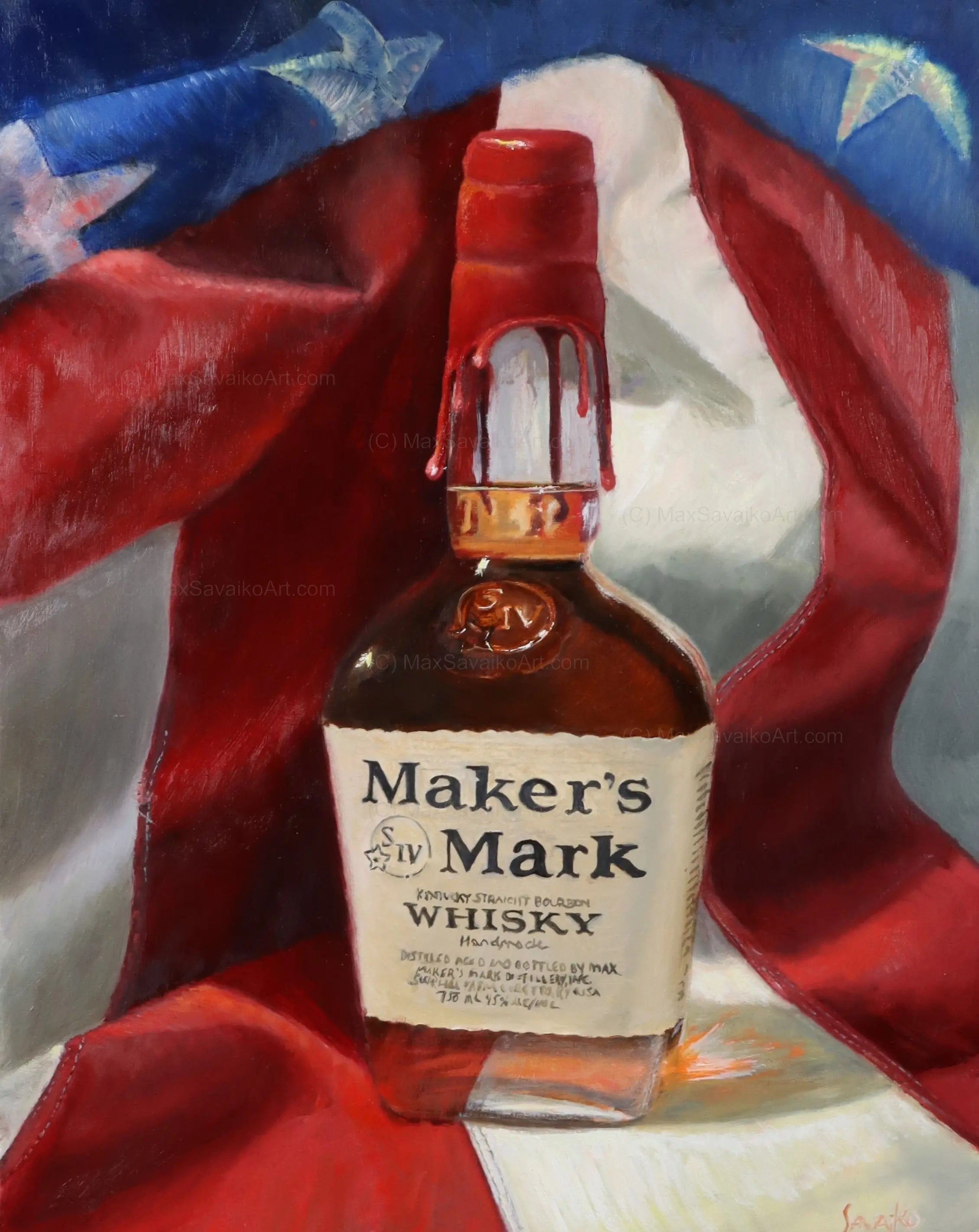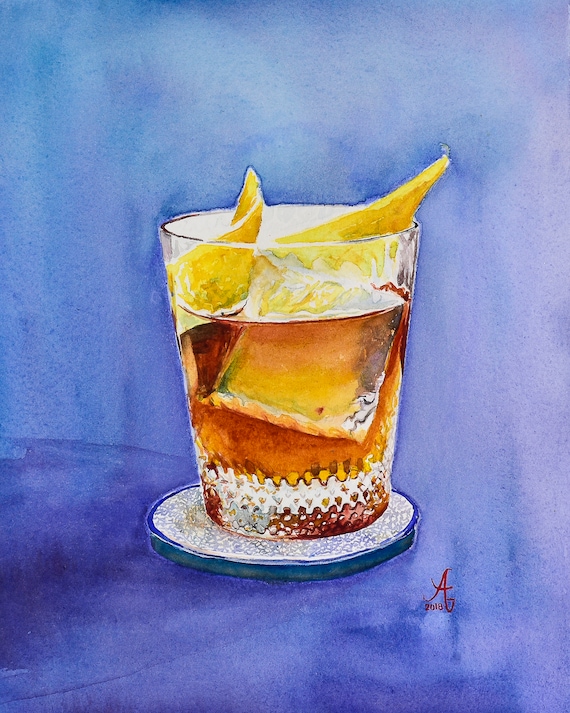Realism Art in the Whiskey Sector: Illustrating Moments of Distillation
Realism Art in the Whiskey Sector: Illustrating Moments of Distillation
Blog Article
The Relevance of Whiskey Art in Celebrating Heritage and Craftsmanship in the Beverage Industry
The detailed connection between whiskey art and the celebration of heritage and workmanship within the beverage sector can not be overemphasized. With thoughtfully created labels and bottles, bourbon brand names encapsulate their historical origins and the artisanal skills that specify their manufacturing techniques.
The Historical Origins of Whiskey
At the heart of whiskey's appeal lies an abundant tapestry of historical roots that map back to old worlds. The beginnings of bourbon can be linked to the purification techniques of the Sumerians and Babylonians around 2000 BCE, where very early types of fermented grain beverages started to arise. However, it was in the Middle Ages that the art of distillation advanced dramatically, particularly in Ireland and Scotland, resulting in the development of scotch as we understand it today.
The term "scotch" itself obtains from the Gaelic word "uisce beatha," indicating "water of life." This phrase emphasizes the cultural significance of scotch in Celtic cultures, where it was commonly connected with routines, events, and communal bonding. By the 15th century, purification came to be an acknowledged craft within monastic neighborhoods, leading the way for the facility of lawful distilleries.
As profession routes increased, bourbon's appeal grew, transcending local limits and recording the rate of interest of connoisseurs worldwide. Whiskey Art. This historical journey mirrors not only the workmanship behind whiskey manufacturing yet also its indispensable function in social and social contexts, noting it as a considerable drink throughout background
Artistic Expression in Branding
Scotch branding stands as a compelling junction of creativity and business, where aesthetic identification plays a vital duty fit consumer assumption. The aesthetic appeals of bourbon tags, product packaging, and marketing products mirror not only the brand's story however additionally its core values and heritage. Via artistic expression, distilleries communicate a story that resonates with consumers, stimulating emotions and stimulating connections.
Making use of color, typography, and imagery in branding serves to separate products in a saturated market. As an example, conventional motifs might stimulate a feeling of authenticity and craftsmanship, while modern-day layouts can represent technology and forward-thinking. This calculated artistic instructions improves brand name acknowledgment and loyalty, enabling customers to forge an individual partnership with the bourbon they select.
In addition, creative expression in branding usually acts as an event of regional heritage. Distilleries often include local symbols or historic referrals into their designs, creating a local color that welcomes consumers to take part in a more comprehensive social experience. Eventually, the artistry behind scotch branding not only boosts aesthetic charm however also enhances the general story of the brand name, promoting a much deeper admiration for the workmanship and heritage embedded in each container.
Craftsmanship in Container Style
The artistry obvious in whiskey branding extends past visual identity to include the craftsmanship associated with container layout. Each container works as a vessel not just for the spirit within, however likewise for the story it informs regarding its high quality, origin, and practice. The design procedure requires meticulous interest to detail, as aspects such as material, closure, and shape add significantly to the total understanding of the whiskey.
Craftsmanship in bottle style includes picking high-grade glass that can boost the scotch's shade and clarity, while likewise providing a tactile experience for the consumer. The shape of the container have to be both useful and cosmetically appealing, commonly reflecting the heritage of the brand. Lots of distilleries choose distinct forms or printed logos that stimulate a feeling of authenticity and history.
In addition, the label style and typography play a crucial role in connecting the brand name's story. Whiskey Art. A well-crafted container not only captivates the consumer's eye yet likewise enhances the brand name's commitment to quality and custom. In this method, the workmanship of container style comes to be an essential aspect of the whiskey experience, merging virtuosity with a profound respect for heritage
Cultural Value of Whiskey Art
Celebrating tradition and workmanship, the cultural value of whiskey art goes beyond simple looks, intertwining with the social and historic narratives of the regions where it originates. Each bottle acts as a canvas, showing the distinct stories, folklore, and this website traditions that have shaped neighborhood whiskey-making techniques. The complex layouts often reflect the heritage of the distillers, integrating signs and concepts that resonate with the society and worths of their areas.

In addition, bourbon art plays a crucial role in public read this gatherings and events, working as a concrete link between individuals and their shared experiences. By appreciating the virtuosity in whiskey packaging, customers cultivate a much deeper understanding and regard for the craft, eventually improving their enjoyment of the drink itself.
Modern Trends in Bourbon Presentation
Over the last few years, the discussion of whiskey has actually advanced to reflect modern preferences and trends while still honoring typical craftsmanship - Limited Edition. Distilleries are significantly concentrating on aesthetic components that boost the overall drinking experience, linking the void between heritage and modernity
Cutting-edge container layouts have actually arised, commonly including lasting products and creative labels that tell compelling stories. Several brand names currently work together with local artists, infusing their items with one-of-a-kind aesthetic expressions that reverberate with customers. Additionally, limited-edition releases are frequently packaged in collectible containers, adding value and charm for lovers.

Final Thought
In verdict, bourbon art offers as an essential avenue for sharing the heritage and workmanship integral in the drink sector. With complex branding, ingenious container styles, and culturally considerable artistic elements, whiskey brand names properly recognize their customs and link with consumers.


Workmanship in bottle design entails picking high-grade glass that can boost the scotch's color and clarity, while additionally giving a responsive experience for the consumer. In this way, the workmanship of bottle design becomes an essential element of the scotch experience, merging virtuosity with a profound respect for heritage.
In verdict, scotch art serves as an essential channel for expressing the heritage and workmanship intrinsic in the beverage sector.
Report this page